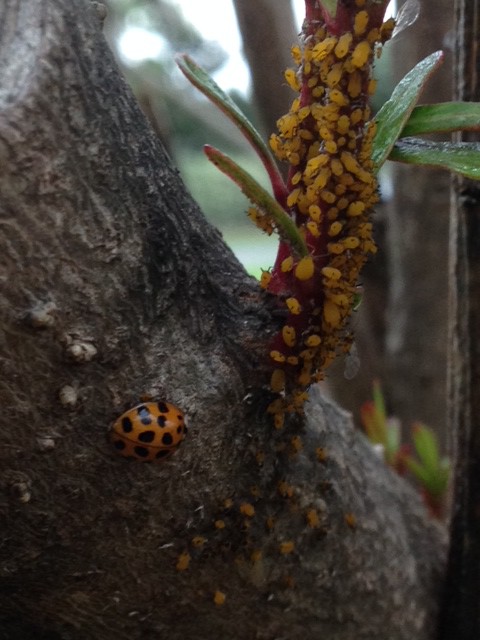
by Julie McConnell | May 27, 2014
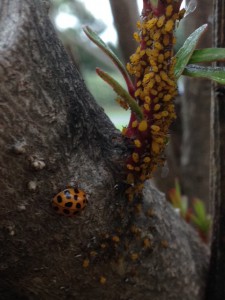
Lady bird beetle and aphids. Photo: Julie McConnell, UF/IFAS
The most numerous animals on the planet are insects and although less than 1% cause damage to our landscapes, most are viewed as pests. Many insects perform clean up tasks that keep our environment from being littered with carcasses and trash while others actually attack and feed upon insects that are direct pests to plants.
It is important to recognize that all insects are not pests and take the time to get to know a few that might actually be performing a beneficial job in your landscape. Probably the most easily recognized beneficial bug family in Florida landscapes are the ladybird beetles (Coccinellidae). There are several species of ladybird beetles with different food preferences including mildews, mites, whiteflies, scale insects, and aphids.
Another group of insects that include some predatory species is the stink bugs. Some stink bugs do eat plants, but there are also many that are beneficial such as Florida predatory stink bug (Euthyrhynchus floridanus). The Florida predatory stink bug preys on velvetbean caterpillar, okra caterpillar, alfalfa weevil, and flatid planthopper. One of the distinguishable characteristics between plant feeding and insect feeding stinkbugs are the shape of their shoulders. Plant feeders have rounded shoulders and predatory have points on their shoulders.
The next time you are disturbed by a bug in your garden, take a moment to watch what it is eating and try to identify it before assuming it is a pest. After all, there are many beneficial bugs that help to balance out the “bad bugs.”
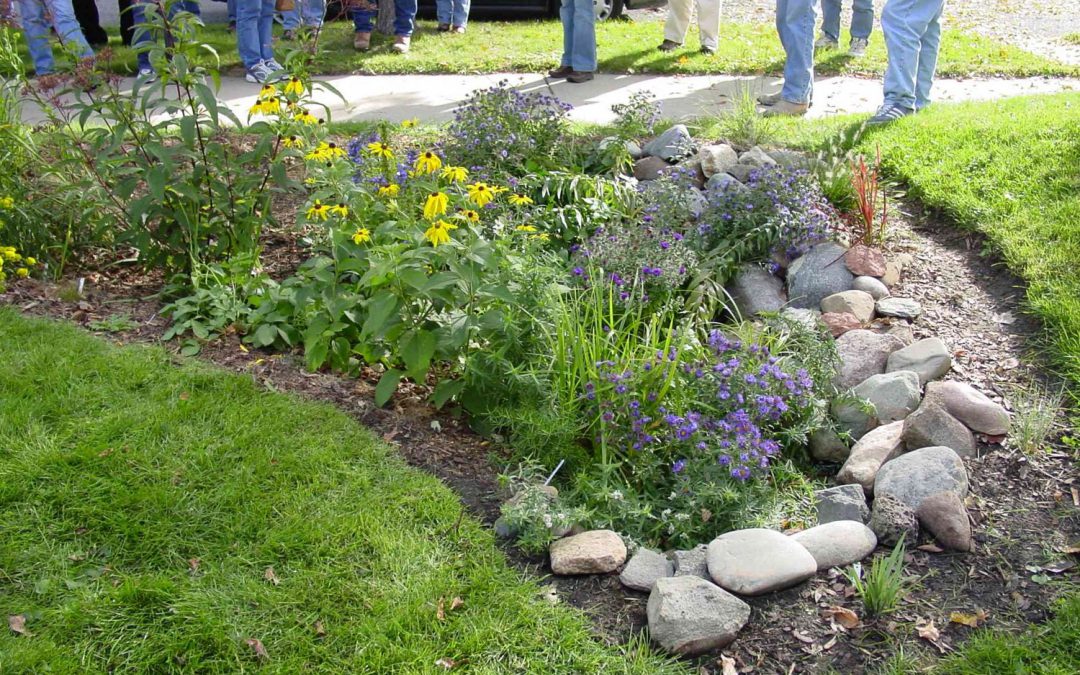
by Carrie Stevenson | May 27, 2014
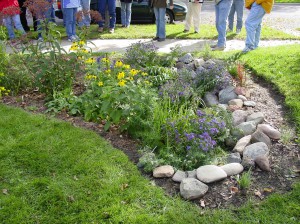
Rain gardens can make a beautiful addition to a home landscape. Photo courtesy UF IFAS
Northwest Florida experienced record-setting floods this spring, and many landscapes, roads, and buildings suffered serious damage due to the sheer force of water moving downhill. That being said, we are just entering our summer “rainy season,” so it may be wise to spend extra time thinking about how you want to landscape based on our typically heavy annual rainfall. For example, if you have an area in your yard where water always runs after a storm (even a mild one) and washes out your property, you may want to consider a rain garden for that spot.
Rain gardens work similarly to swales and stormwater retention ponds in that they are designed to temporarily hold rainwater and allow it to soak into the ground. However, they are quite different aesthetically, because they are planted with water-tolerant trees, shrubs, groundcovers and flowers to provide an attractive alternative to the eroding gully that once inhabited the area! Rain gardens are not “created wetlands,” but landscaped beds that can handle both wet and drier soil. Many of the plants best suited for rain gardens are also attractive to wildlife, adding another element of beauty to the landscape.
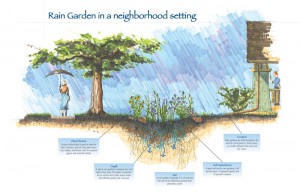
This diagram shows how a rain garden works in a home landscape. Photo courtesy NRCS
A perfect spot for a rain garden might be downhill from a rain gutter, areas notorious for excess water and erosion. To build a rain garden, the rainwater leaving a particular part of the property (or rooftop), is directed into a gently sloping, 4”-8” deep depression in the ground, the back and sides of which are supported by a berm of earth. The rain garden serves as a catch basin for the water and is usually shaped like a semi-circle. The width of the rain garden depends on the slope and particular site conditions in each yard. Within the area, native plants are placed into loose, sandy soil and mulched. Care should be taken to prevent the garden from having a very deep end where water pools, rather allowing water to spread evenly throughout the basin.
Besides reducing a problematic area of the lawn, a rain garden can play an important role in improving water quality. With increasing populations come more pavement, roads, and rooftops, which do almost nothing to absorb or treat stormwater, contributing to the problem. Vegetation and soil do a much better job at handling that water. Excess sediment, which can fill in streams and bays, and chemicals from fertilizers and pesticides are just some of the pollutants treated within a rain garden via the natural growth processes of the plants. Many commercial properties are considering rain gardens, also known as “bioretention” as more attractive alternatives to stormwater retention ponds.
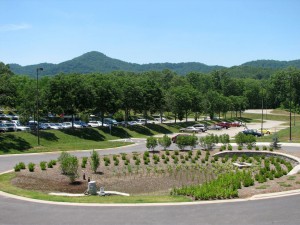
The North Carolina Arboretum used a planted bioretention area to manage stormwater in their parking lot. Photo courtesy Carrie Stevenson
A handful of well-known perennial plants that work great in rain gardens include: Louisiana iris, cinnamon fern, buttonbush, Virginia willow, black-eyed Susan, swamp lily, tulip poplar, oakleaf hydrangea, wax myrtle, Florida azalea, river birch, holly, and Southern magnolia. For a complete list of rain garden plants appropriate for our area, visit the “Rain Garden” section of Tallahassee’s “Think about Personal Pollution” website, tappwater.org or contact your local Extension Office.
by Carrie Stevenson | Apr 21, 2014
As spring commences and young wildlife of all species are born, everyone’s favorite flying, furry mammal also begins roosting season. Ideally, bats will find shelter in trees, caves, abandoned buildings, and bat houses, but sometimes they end up in a home. I receive calls often about how to best remove or exclude a group of bats living in an attic or garage. While there are countless benefits (most notably, efficient insect control) to having bats in one’s landscape or neighborhood, most people prefer they not share their own home with them. However, due to their slow reproductive cycle and declining populations in the United States, it is illegal in Florida to prevent bats from returning to any roosting location from April 16 to August 14. Female bats typically give birth during maternity season to one pup (or rarely, two), which will cling to the mother’s fur to nurse for their first few weeks and months of life. Being nocturnal, this means mothers and babies will be inside a dwelling during the day. Typically, if a homeowner is trying to exclude bats from a home, they will put up netting or seal up a hole in an attic entry in the evening after bats have flown off to feed on insects at night. However, if this is done during roosting season, young bats left back in the roost while mothers are hunting can get trapped inside a building and will not survive.
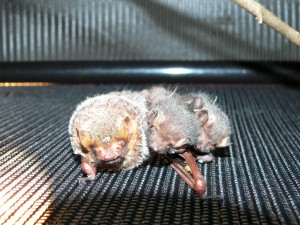
A rare set of twin Seminole bat pups with their mother. Photo credit: Carrie Stevenson
This obviously has the potential to cause conflict between homeowners and the bat population. The Florida Fish & Wildlife Conservation Commission has regulatory oversight for bat-related issues, and they will work with citizens to arrange a positive outcome for both the property owner and the animals involved.
Bat populations are declining in North America due to a devastating disease called white-nose syndrome and loss of habitat. However, you can help these fascinating animals by installing a bat house in your yard. Keep in mind that bats attracted to bat houses prefer to be in open areas away from trees (where their predators hide), and the house should be installed at least 12 feet in the air. Bat houses can be purchased or built rather simply—keep an eye out for Extension workshops near you, or visit this UF Wildlife Ecology publication or Bat Conservation International’s website for simple instructions.
To learn more about bats and how to help them, visit this website or contact me or your local County Extension office!
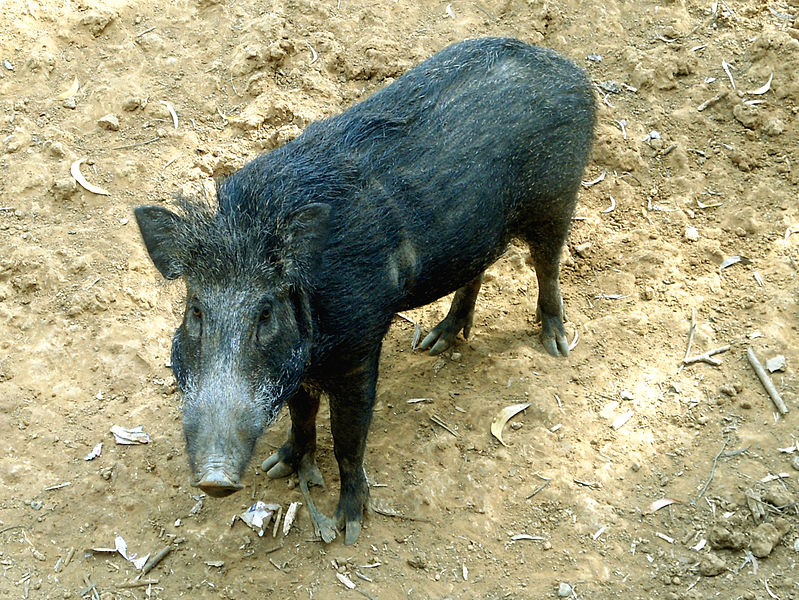
by Carrie Stevenson | Mar 18, 2014
The first week of March every year is designated “National Invasive Species Awareness Week,” an initiative to draw attention to the thousands of invasive plants and animals that move into our state and country every year. However, this is a problem that should draw focus year-round.
Invasive species are non-native or exotic plants and animals which can cause harm to the local economy, human health, and the environment. They often out-compete native species, causing habitat degradation, wildlife community imbalances, and diseases that can destroy economically important plants. This is a worldwide issue that can be addressed on local levels. In Florida, researchers have documented over 1,180 exotic plant species and more than 500 non-native fish.

Beach vitex is a newly introduced invasive found on our local barrier island due systems. Photo credit: Rick O’Connor
Prevention is among the most effective ways to manage invasive species. Gardeners should be aware of invasive species and make sure they are not unintentionally passing them on to neighbors or natural areas. While many non-native plant species perform well in our yards and do not become invasive, pay close attention to new plants that start taking over your yard. If you’re unsure of the status of a plant, call your local Extension Office or check the Florida invasive plant list.
When enjoying outdoor activities such as camping, hiking, or biking, be sure to inspect what might have attached to your clothing to prevent further seed dispersion.
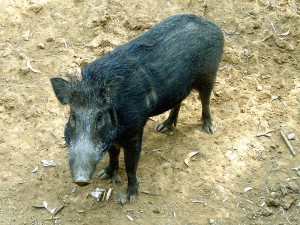
Wild hogs cause significant damage to ecosystems throughout Florida.
Released pets are a nearly impossible problem to manage, as well. If you have a pet that you can no longer keep, please find an alternative home for it. Releasing pets into the wild can have serious implications for native wildlife and cause harm to your animal. One needs look no further than the python problem in the Florida Everglades to see the extent of damage this unwise practice can cause. Great information on what to do with unwanted pets can be found at Habitattitude.
Among the most important invasive plants to be aware of in our area include: cogongrass, Chinese tallow (popcorn trees), coral ardisia, water hyacinth, Japanese climbing fern, Chinese privet, tropical soda apple, torpedo grass, and beach vitex. Among invasive animal species in the area, be on the lookout for: lionfish, crazy ants, feral hogs, and Cuban treefrogs.
There are many ways to get involved in the battle against invasive species, including joining your local Cooperative Invasive Species Management Area (CISMA) group. Special thanks to Brooke Saari (bsaari@ufl.edu) for contributing to this article.
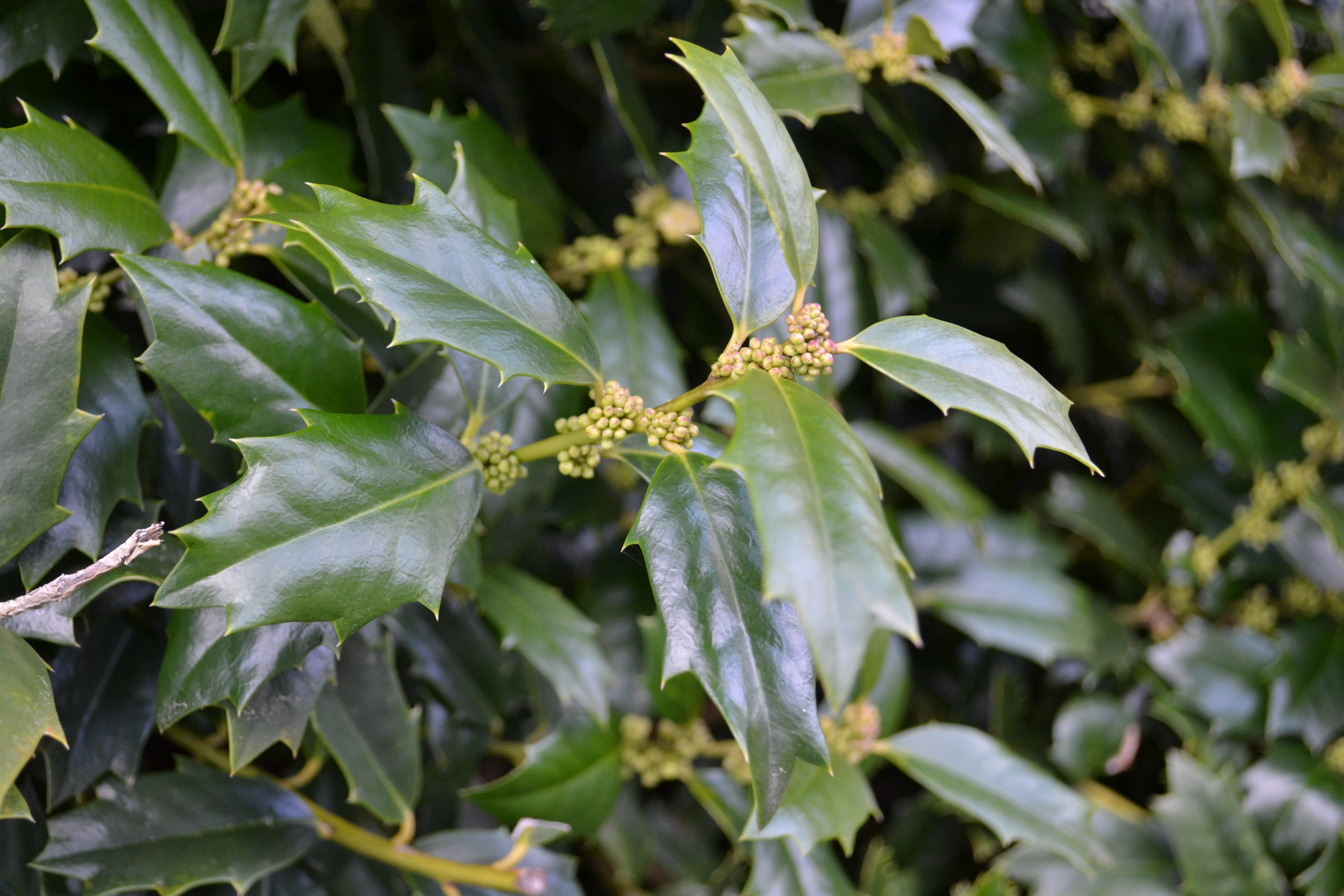
by Beth Bolles | Mar 12, 2014
Landscapes will soon be transitioning from the dormant phase to actively growing and one of the most beneficial insects of all will be back in action. As soon as flowers open, bees will be visiting to gather pollen and nectar.
This year be a little more observant in the landscape and at your local nursery so that you protect bees during your yard activities. Several insecticides will have new labels that indicate a toxicity to bees and restrictions about applications to blooming plants. Since many landscapes have a wide variety of blooming plants, be very careful not to inadvertently spray when bees are visiting open flowers. Bees are not only killed by a direct spray of certain insecticides, but may carry residual pesticides back to the colony in pollen and nectar.
Since bees and other pollinators are so vital to our food production system, all people who work in landscapes or enjoy gardening as a hobby, need to be a part of bee protection. Read labels, only spray when absolutely necessary, and learn that a little cosmetic damage is worth it in order to protect pollinators.
Some selections of hollies are one of the first landscape shrubs visited by bees in the winter. Learn about the other plants in your yard that are visited by bees so you are better able to protect them.
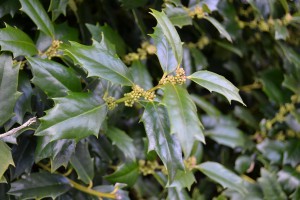
Holly flowers will soon open.
Photo: Beth Bolles, UF IFAS Escambia County Extension
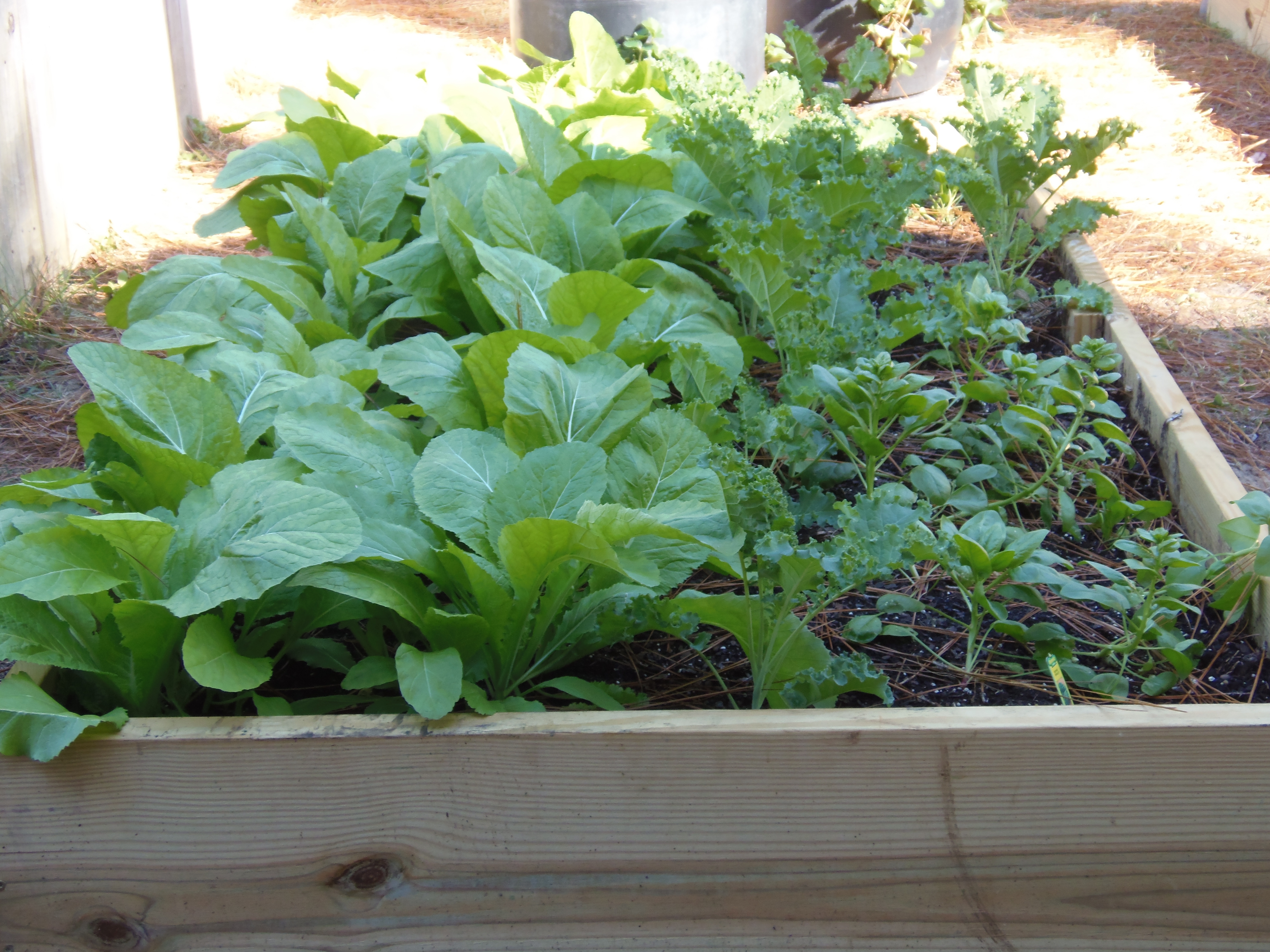
by Carrie Stevenson | Feb 18, 2014
Backyard gardens have increased in popularity the last few years, with record calls to Extension offices statewide on how to grow tomatoes and preserve produce. Along with the boom in home gardening, schools have steadily added gardens to their campuses. There are countless benefits to including children in growing their own food. Personal experience and numerous studies have shown that children improve their attitude towards fruits and vegetables and are more likely to try new foods if they’ve helped grow it themselves. Urban-dwelling youth find a safe place to interact with nature, increase their awareness of where food comes, and learn to be responsible for a living thing. Youth of all ages can gain critical math and science skills from measuring, planting, observing and problem-solving. Even toddlers enjoy scooping up soil, holding worms, and seeing the growth of a tiny seed or plant over time. Any veteran gardener will tell you that the fresh air and physical work improves their health and mental outlook.
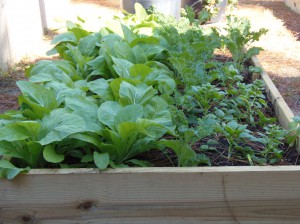
This raised bed garden is used at the Roy Hyatt Environmental Center to teach youth about gardening and provide food for numerous animals housed at the center. Photo credit: Molly O’Connor
School gardens are being used around the country to achieve all of these objectives, including intangible skills such as teamwork, confidence, and patience. The utility of gardens for lessons on art, poetry, creative writing, and music should not be underestimated; countless writers and artists have been inspired by the natural world.
Across the country, Extension programs, Master Gardeners, and 4-H staff are lending their gardening expertise to schools and learning centers from preschool to the University level. The Junior Master Gardner 4-H program is an excellent hybrid between horticultural and youth education, and is set up with curriculum and lessons for working with kids in both a classroom and field setting. The Florida Ag in the Classroom “Gardening for Grades” program has curriculum for elementary through high school levels correlated with state standards and ready to go for a classroom. Youth study soil structure, chemistry, botany, environmental science, agriculture, meteorology, and wildlife ecology in an engaging, hands-on way. In-service training workshops are held periodically to prepare teachers for beginning and teaching from a school garden, so ask your local Horticulture or Agriculture agent about these programs.
Typically, backyard gardeners, schools, or Scout groups will create a raised-bed garden, which reduces weeds and water needs and allows for easier control of soil type and maintenance. Guidelines for raised bed gardens, for home or educational institution, are available here.
Vegetable gardens aren’t the only teaching tool in the horticultural world. Butterfly and wildlife gardens are (pardon the pun) perennially popular, and are typically easy to implement. Youth may learn valuable lessons on food webs and insect life cycles in addition to the soil and botanical information. For more information on the benefits of gardening with youth, visit the UF school garden site or contact your local horticulture Extension agent.














